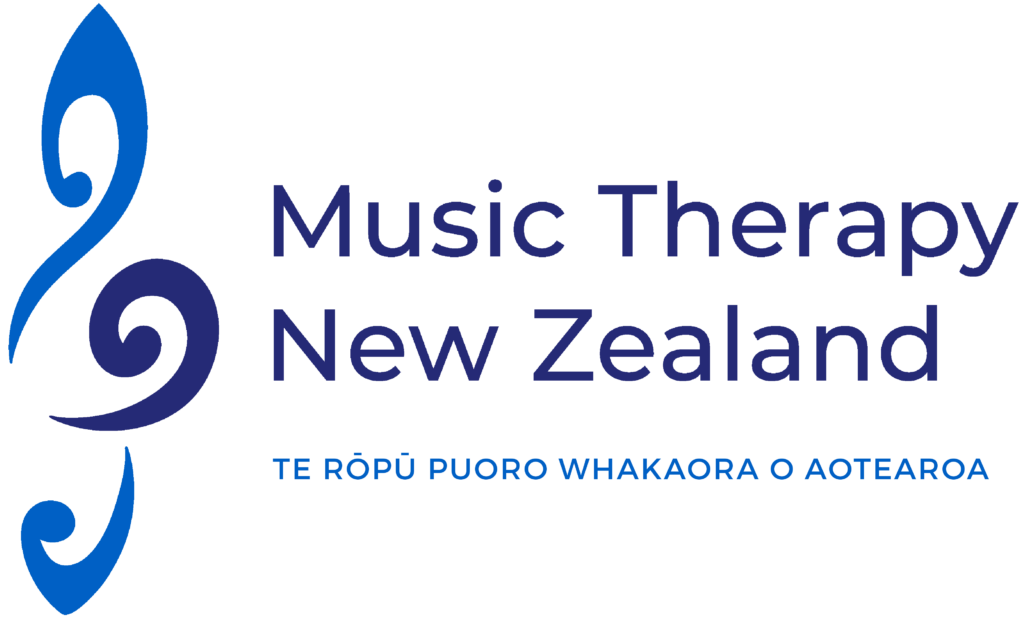Webster, J. (2015). Joan’s songs: A collection of music therapy songs by Joan Webster.Christchurch, NZ: Music Therapy New Zealand.
Reviewer: Marie Willis
BMus (Hons), PG Dip MTh, Dalcroze Eurhythmics Certificate, NZ RMTh
This anthology of 18 songs composed by now retired music therapist Joan Webster has been gifted to New Zealand music therapists and is available to Music Therapy New Zealand members as a pdf. As the introductory pages attest, Joan has been a champion for music therapy in Aotearoa/New Zealand for decades, and in 2014 was awarded life membership for her service to the development of the profession. Joan worked for 15 years with adults and children with intellectual, physical, and multiple disabilities, in institutional settings and within the community. On singing and playing these songs through for the first time I immediately had the sense that these delightfully engaging and musically well written songs had been composed organically from interactions with specific clients, sharedwith many a client or group, and perhaps adapted over time to suit individual personalities and playing preferences. My exploration of the songs was frequently accompanied by images of adult clients – many of whom perhaps had little command of, or motivation to use, verbal language – with beaters or instruments in hand, feeling safe, encouraged, and suitably challenged by Joan’s musical invitations to contribute something of themselves through music-making.
oan’s songs includes a contents page, a brief introduction from Alison Talmage (publishing editor), and an overview of Joan’s journey into and with the work of music therapy, co-written by Joan and her colleague Liz Wallace, who assisted in collating the songs. The collection begins with two greeting songs, followed by 15 songs encouraging a variety of observation and interaction, active listening, and playing, and ends with a substantial closing song. Three of the songs are also included in Songs from NZ music therapy: Greetings, feelings, movement, playing, farewells (Talmage, 2013) reviewed last year (Hoskyns, 2015).
The song melodies are notated in the treble clef with lyrics and chords. The simple chord sequences could be picked out easily on a piano or a guitar. However, the tuneful melodies all have musical direction and momentum, and would be sufficiently engaging without accompaniment if this best suited a therapeutic interaction. The songs, as compiled, are essentially lead-sheets, inviting individual therapists to mould them to suit specific needs; for example, one might tailor “Softly, loudly” to enable additional exploration of fast and slow playing.
With the exception of “Give it away- A song to support social goals”, context, tempo markings or suggestions for use are not given. Fifteen of the songs have a simple descriptive indication at the start; for example, “Brightly”, “In march time”, “Playfully”, “Enticingly”, “Invitingly”, and (my favourite) “In a nurturing manner”. The term “Gaily” (“It’s a sunny day”) and lyrics “tambourine so gay” (“Three instruments”) may need updating. Elsewhere the welcoming, inclusive, and encouraging language used in all the songs is essentially timeless and the songs would surely be warmly received and responded to in the context of many contemporary music therapy settings.
The songs encourage positive engagement: singing the names of other group members, passing an instrument, or playing or singing together. Although not explicit within the framework of the songs, I imagine scope for free improvisation (group or individual) as a means of expressing individual moment-to-moment emotional experience. “How will you play today?”asks the client to show how they are feeling through their playing – “Will it be happy? Will it be sad? Will it be angry if you feel bad?” Surprisingly, a minor chord accompanies the word “happy” and a major chord the word “sad” – I suggest that these could be easily altered without interrupting the integrity of the harmonic progression. Other than this point, these songs have been composed in a manner which makes musical and emotional sense and ensures that they are easy to sing and follow. In part, this has been achieved through Joan’s consistent use of the natural speech rhythms of spoken English. In songs that invite the inclusion of clients’ names, space typically allows for shorter names; some of my clients have had longer names (particularly in Pacific and Asian languages) and I would need to creatively negotiate these vocal spaces with clients.
Joan has composed in various keys that suit the energy of each song and the female singing voice. Male therapists and all wishing to entice male clients to join with singing will need to consider adapting the keys accordingly. In “We’re gonna play together”, “That’s what we’ll do”, and “Choose an instrument” – all instrumental group songs – Joan has suggested the option of ascending to a new key for each verse, which would help to maintain momentum and motivation.
Joan has chosen metres carefully to suit the energetic impulse of the lyrics and focus of each song. The two greeting songs are contrasting in metre and rhythmic nature: one in simple triple metre (marked “In flowing waltz time”) and one in common time with syncopated rhythms (marked “Brightly”). Both make use of anacrusis, one with a pause to encourage attention and anticipation. Both songs would make a welcoming opening to a session, depending on the mood or disposition of the client/clients. March-like rhythms in common time encourage beating the drum (“Come and beat the drum”), and a “Slow waltz’ encourages clients to share instruments with others (“Give it away”). The two songs that encourage dancing are written in simple triple metre (inviting a turning or spinning motion), and compound duple metre (fostering a lilting or swaying feel) respectively. These choices reflect my own training and experience that music in these metres helps people to move in a social way.
The last song, “It’s time to say goodbye” has the descriptive indicator – Slow, in a nurturing manner”. Fittingly, this is the longest song “I imagine that it was written to farewell several group members; however, if used with an individual client, their name could easily be repeated over and over within the song. This song holds the gravity of the ending of a session well. I certainly felt the nurturing nature of it while singing. It is written in simple, triple metre, which surely contributes to the feeling of embrace, like being held in a dancing partner’s arms.
This song collection is simply presented. Some typographical errors(by the editor) have been corrected since the anthology was launched at Music Therapy New Zealand’s 2015 hui.1 A lovely inclusion in this anthology is the title page photo of Joan working with a client, an older lady who sits poised to play the drum in front of her, her head tilted towards Joan’s attentive and engaging facial expression. This photo encapsulates the warmth, care and compassion that imbue Joan’s songs and modus operandi of “working with” and “being with” (p.2). I highly recommend this anthology to therapists who seek musical and lyrical inspiration (especially for group work) and who are willing to tailor these songs to their particular setting; and also to those who wish to compose their own socially engaging songs.
References: see full journal
Download Full Journal


